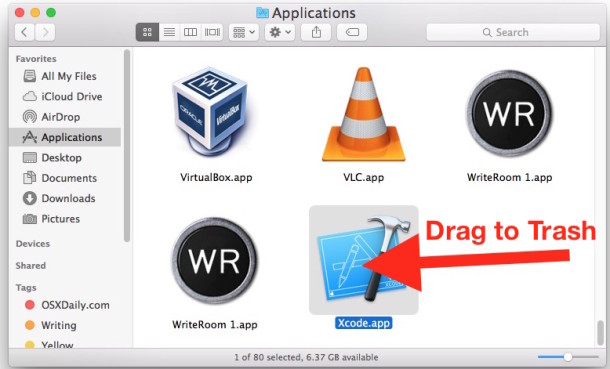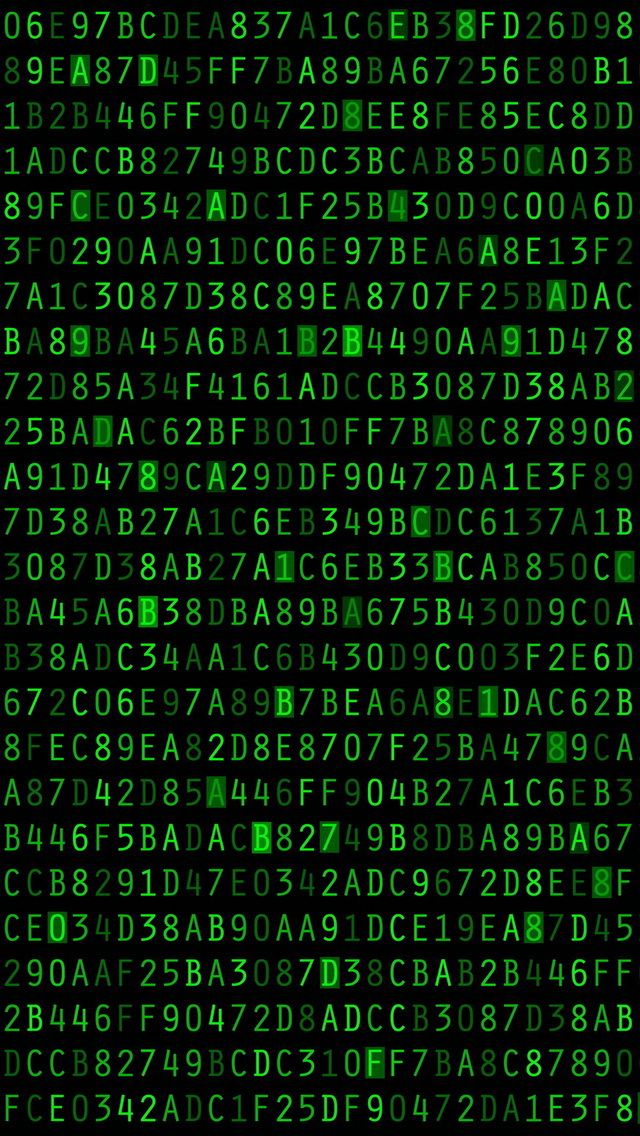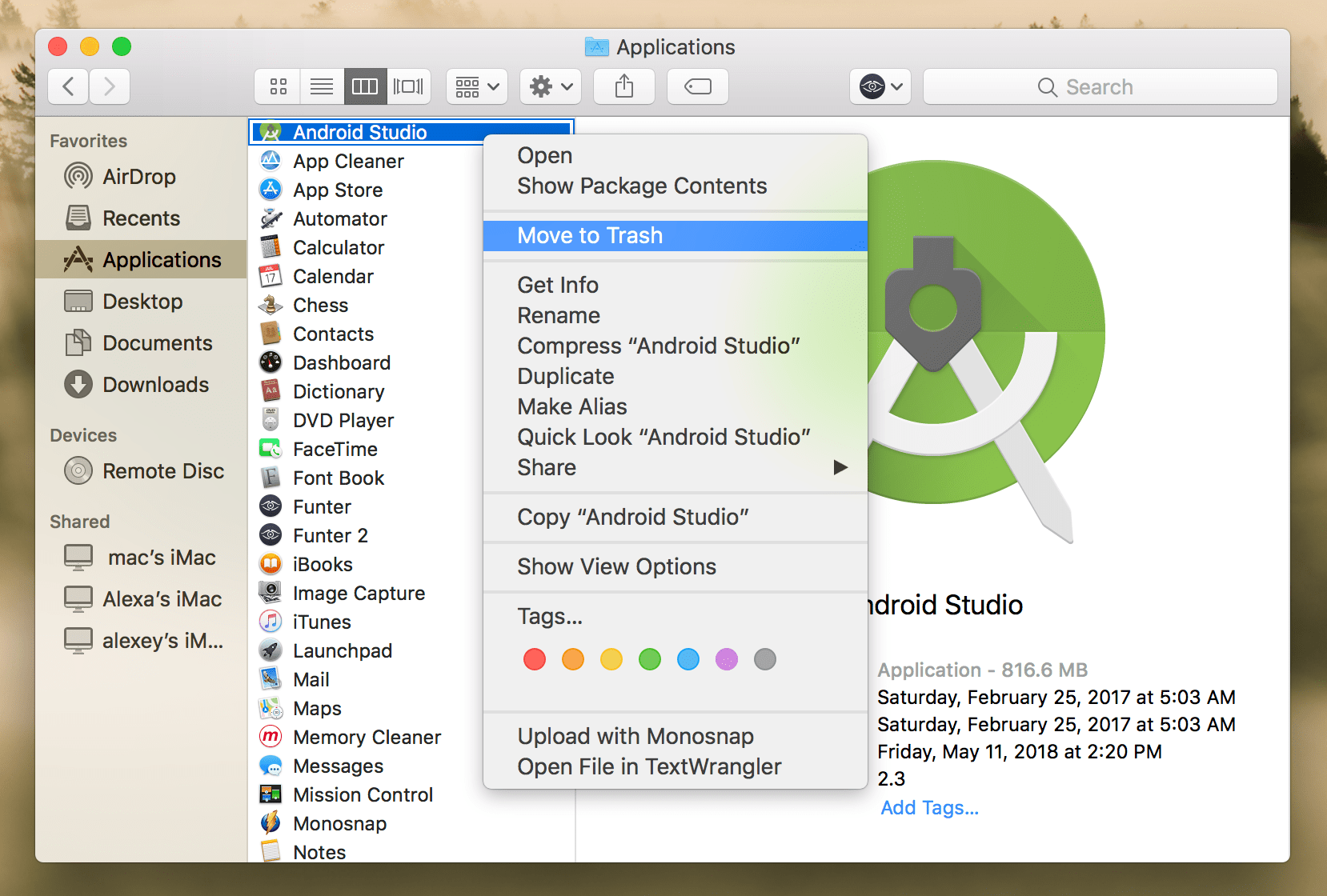Most apps in Mac OS X can be uninstalled easily by dragging them into the Trash from the /Applications/ folder, and many others come with accompanying uninstall applications that will clean house and completely remove the apps too. Overview This document describes the two methods used to uninstall GlobalProtect for MAC. Details Uninstall via Terminal $ sudo /Applications/GlobalPr How to Uninstall GlobalProtect Client Mac OS X - Knowledge Base - Palo Alto Networks.
System cleanup in one click
Your Mac is a perfect Jobs-To-Be-Done machine if it has the right software on it. Unfortunately, this is never the case with a new Mac that comes with tons of obsolete programs like DVD Player.app. Seriously, who needs a DVD player if modern Macs don’t even have DVD drives anymore?
This is why the first thing you do is replacing native programs with your favorite apps. After all, the point of the Mac App Store and third-party developers is to improve on the apps that Apple provides as defaults or even create new possibilities outright.
It’s not a good idea to put the new software over the defaults, though. You might notice that your Mac’s performance has taken a hit or that it’s become too hard to find the app you’re looking for amidst all this mess. Naturally, to remedy the situation you need to learn how to uninstall native applications on Mac. There’s no easy way to do it, but we know the workarounds.
Let CMM X delete the clutter
Download CleanMyMac X — along with 170 other tools on Setapp — and remove unneeded applications in seconds.
How To Delete Apps On Mac Easily
Good news is that most apps are located in your Mac’s Applications folder and are super easy to delete:
Open the Applications folder by navigating to your menu bar and then selecting Go ➙ Applications or using a shortcut ⌘ + Shift + A
Select the app or utility you want to delete
Go to File ➙ Move to Trash or use a shortcut ⌘ + Delete
This method should work for 80% of all the apps out there. But some apps are more expansive and feature various folders and files throughout your system, which won’t get deleted if you simply get rid of a single file in Applications.
In this case, good developers usually leave a readme.txt file that specifies how to uninstall program on Mac correctly or include a special Mac uninstall application that you can run to do all the work for you.
If none of the above works as a solution for how to uninstall from Mac for you, we need to dive deeper into, for example, how to delete apps on Mac that won't delete. Read on!
Best ways to delete apps on Mac
As lots of programs leave their support files all over your Mac (and it’s hard to tell which ones do or don’t), it’s important to uninstall applications on Mac completely and not just delete them from the Applications folder. To do that, you need a software like CleanMyMac X.
CleanMyMac X is one of the best optimization utilities for Mac in the world. It’s able to rid your Mac off any unneeded files and fix all the settings to bring it to its speedy brand new state. It’s also proficient in the problem of how to uninstall apps on Mac, deleting the app itself and any files associated with it throughout your system:
In the sidebar, navigate to the Uninstaller
Click View Applications
Filter apps by Vendors, Stores, or type (e.g. it’s now safe to delete any 32-bit apps since they don’t even launch on macOS Catalina and later)
Select the apps you don’t want anymore and hit Uninstall
Now all the selected apps and their files are completely gone from your system, creating lots of free space. You might notice though that CleanMyMac X doesn’t show you any apps installed on your Mac by default, so you might wonder how to uninstall apps that have been on your Mac right from the start?
Get rid of default Mac apps
While default Apple apps are fine for beginners, with time you discover more and more third-party software that suits you better. And when that’s the case, why keep all those default apps around stealing precious space?
Some pre-installed apps — GarageBand or iMovie — can be deleted just like any other app and then recovered from the App Store in case you ever need them again.
Some other apps, however, are crucial to your macOS and won’t go away after a simple ⌘ + Delete. For example, Mail or Notes or Books. So how to uninstall Mail on Mac? Or, more generally, how to delete apps on Mac that won't delete?
If you’re tech savvy, you might think that using Terminal might help you, by using its remove command. But no. Since macOS El Capitan, all those apps are under the System Integrity Protection, and that’s what you need to disable to delete them.
We’re now getting into a tricky territory that’s not easy to recover from, so proceed only if you truly hate those built-in apps:
Restart your Mac in Recovery Mode by pressing ⌘ + R
Once the machine boots up, click Utilities ➙ Terminal
In Terminal, type csrutil disable
Restart your Mac
Navigate to the Applications folder and delete any apps you absolutely don’t need
Restart the Mac in Recovery Mode and type csrutil enable in Terminal and restart once more
If you happen to delete a default app that you need to use again, you will unfortunately have to reinstall your macOS, since there’s no way to simply download those apps from anywhere.
Sometimes, you don’t need to delete your apps completely to free up space. It’s possible that if you’re searching for how to uninstall Mail on Mac, what you really need is to simply delete all the mail attachments that got downloaded to your Mac over time. This is very easy to do with CleanMyMac X:
Navigate to Mail Attachments in the sidebar
Click Scan ➙ Review Details
Uncheck any files you want to keep
Hit Clean
Now that your Mail is just a fraction of its size after purging all the attachments, maybe you don’t need to delete it after all.
Recover deleted apps and files on Mac
So if reinstalling macOS is how you get all the deleted default apps back, is there a way to recover an accidentally removed third-party app or its associated files? Luckily, yes!


Disk Drill is an essential recovery utility that has saved terabytes of data from being gone forever. It’s strongly recommended to always keep it handy on your Mac and launch it as soon as you notice an important app or file missing and then click Recover next to the appropriate hard drive.
The sooner you try to recover your files the better your chances are for doing so successfully. But the most foolproof way of never losing anything important is doing regular backups.
Frequently back up your Mac
When you delete something on your Mac it gets cut into thousands of little pieces, which in turn get quickly overwritten by other apps and files. So putting it all together again is hard work that’s never even guaranteed.
Instead, if you only had a solid backup from that day, you can just roll back to that exact state quickly without losing any data whatsoever. That’s why regular backups are crucial.
Keep your data safe, always
While removing the clutter, make sure you never delete anything important. Install Get Backup Pro and always have a fresh data backup.
Get Backup Pro is one of the most versatile and powerful backup managers on the market. It lets you pick the kind of backup you want (copy, clone, incremental, or versioned) and schedule it at the right interval. Plus, you don’t have to back up your whole Mac — you can just choose the most important files, folders, and apps.
To start backing up files with Get Backup Pro:
Navigate to the Backup tab within the app on the left
Click the plus (+) icon below to create a new backup
Use the gear icon to set the correct schedule
Add files you want to back up with File+
Hit the play icon when you’re ready to start the backup process
Now you know lots of ways for how to uninstall apps on Mac. In addition, you have the exact toolset for slimming down your Mail app and recovering accidentally deleted files. And if you configure your backup process, you don’t have to worry about messing up your Mac ever again!
Best of all, CleanMyMac X, Disk Drill, and Get Backup Pro are available to you absolutely free for seven days with the trial of Setapp, a groundbreaking platform with over 150 Mac apps across all categories that you can get on demand, only when you need them, without using up your drive. The perfect solution for all the storage-conscious Mac users.
Meantime, prepare for all the awesome things you can do with Setapp.
Read onSign Up
How To Use Mac Terminal
Remove App Mac Terminal Shortcut
If no longer required you can remove the Remote Monitoring and Management Agent from the Mac computer.
Mac Agent 1.2.0 (or later) automatically uninstalls when the device is deleted from the Dashboard or you can manually remove the Agent from the computer.
The User Audit Report, available from the Dashboard Reports menu, records information on device deletions. This includes the Date/Time of removal, the Client, Site and Device Details in addition to the Username and action, for example: Agent Uninstalled Manually from Device.
Use the Agent Removal Alerts to receive a notification when Agent removal is through a non-Dashboard method. For example, a manual uninstall.
Dashboard deletion or Agent Uninstalls are non-recoverable actions. Once confirmed, any information stored in relation to the Client, Site or Device(s) is instantly removed from the database and the data is unretrievable. Please verify the correct item is selected for removal before entering the password and confirming deletion.
Automatic Agent Uninstall (from Mac Agent 1.2.0)
Where Mac Agent 1.2.0 is installed on the device, deleting the computer from the Dashboard also uninstalls the Agent.
The Dashboard deletion options are available when logged in using an account with General Settings (Devices) permissions enabled.
- Log into the Dashboard
- Go to the Workstations or Mixed pane
- Multi-select the devices for removal (Shift and left-click for a range, Control and left-click for specific devices)
- Right-click on one of the selection or from the Workstations or Devices drop-down
- Choose the Delete option, for example Delete Workstations
- Review the device removal information
- Enter the password of the account you have logged into the Dashboard under to confirm deletion
- Click OK to apply

Depending on the Agent cycle, the Agent removal process may take over an hour to complete.
Pre-Agent v1.2.0 the Delete Device option simply removes the entries for the device from the database, it does not remove the Agent from the device. The Agent will continue to run and attempt to upload data, which is rejected on our side as its Dashboard association was deleted. To fully remove the Agent from the computer a manual uninstall is required.
Automatically uninstall the Monitoring Agent for Windows and Mac provides further information on this functionality and Agent removal behavior.
Manual Uninstall
Manual Agent uninstalls are communicated back and once received the device is removed from the Dashboard (if is was not already removed).

There are two options to manually remove the Agent from the computer:
- Rerun the Agent Installer and select Uninstall
- Run the uninstall.tool in Terminal (Command Line)
Agent Installer
- Go to the Downloads folder (available in the Finder sidebar or the Dock)
- Double-click on the Agent disk image file (for example. OSX_AGENT_*_*_*.DMG)
- Select Uninstall
- Review the warning information and proceed
- Enter the computer user Password when prompted
- Click OK to begin the uninstall process
Where the Agent installer was removed to the bin, simply download another installation package from the Agent menu on the Dashboard.
Terminal (Command Line)
The Mac Agent uninstall.tool is contained in its installation directory, /usr/local/rmmagent
- Click Finder > Go > Utilities
- Double-click Terminal
- Navigate to the Mac Agent installation directory
- Run the uninstall.tool either as root or by assuming root privileges by sudo, entering the computer's password where prompted.
$ sudo ./uninstall.tool
Password:
Service rmmagentd not running
Advanced Monitoring Agent removed
$ cd /usr/local/rmmagent/
Although macOS supports the removal of apps via Trash or Launchpad, we do not recommend using these methods as they do not fully uninstall the Agent, and associated features, from the computer.
Where the device was enrolled in Mac Device Management, the Mac Device Management profile must be manually removed from the device.
Remove App Mac Os X
What do you want to do?
- Remove Mac Device Management Enrollment Profile as part of the Mac Agent uninstall process
- Review Mac Device Managementinformation
